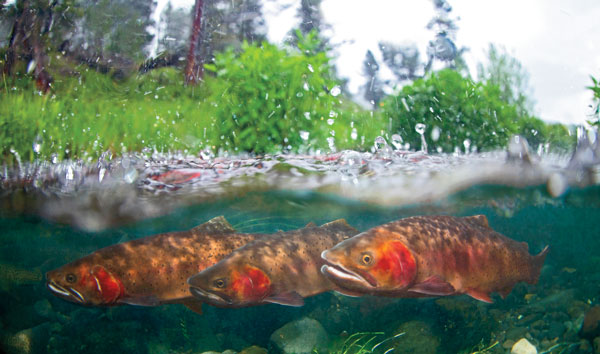silverfox
Well-known member
- Joined
- Oct 4, 2006
- Messages
- 1,928
I reread the email on this issue. The response was that if anyone has a credible report of stocking on Red Run to report it to PFBC. They didn't imply explicitly that the stocked fish migrated into Red Run from Mix. He just stated that Red Run is a tributary to Mix and that Mix is stocked. I interpreted that to imply that it was likely fish moving rather than stocking.Don’t buy it for a second. All of the stocked fish in Red were small (6-8”) and were good looking fish. Enough so that I really had to look at them close and why I took pictures of them. I don’t normally take pics of stockers.
The stockers in Mix were your classic 10-12” PFBC fish with no fins. Again, this was mid-May, not late Summer.







